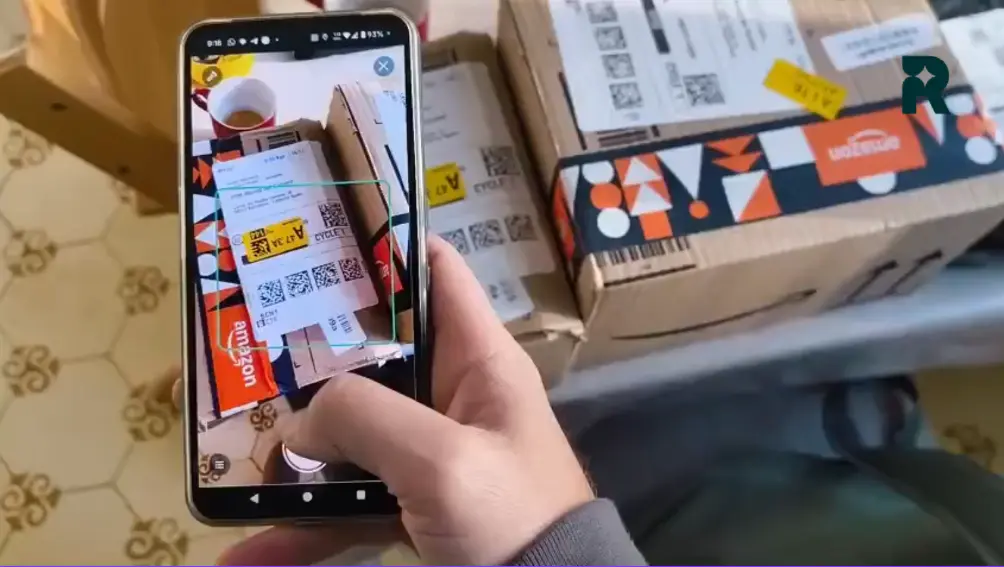Training pills — Ep 2. — Optimization of routes based on Zones

We know how hard these days are. Planning routes on a daily basis is a tedious job and since Smartmonkey.io we want to help you, that's why we launched a series of training pills to help you improve your daily life. We want you to better plan your work and for that, training can help you gain that plus.
In today's episode, we'll be optimizing by defining Delivery Zones. This strategy is the most common in any distribution and logistics company to solve the daily problem of route optimization.
This is a very complex problem, also called Traveller problem, and given the large number of possible solutions ( Factorial of the number of places to visit) and the limitations of our brain, humans developed a strategy to simplify the problem called Divide and Conquer developed in ancient Rome and with great uses today. This strategy or algorithm tries to reduce the problem into smaller problems in order to arrive at a solution in a reasonable time.
It may seem like the most successful and efficient strategy to solve this problem, but in many cases it generates a loss of efficiency if all the routes are analyzed together. The typical example of lack of efficiency can be found in the use of zip codes as a zoning system. When a fair order is on the border of the next zip code and all other services in that zip code are away from this one.
Postal codes, since they are not generated based on the concentration of services, generate fictitious boundaries that impact the performance of distribution operations, although at the same time they help to streamline the organization and sorting of the distribution.

Black and white people don't exist in logistics, and that's why right now is where other very important external factors come into play. The time and experience of the delivery people.
In logistics, there is nothing more expensive than time. Therefore, any action aimed at reducing time is always very welcome. In the example above, dividing by zip codes is a simple job, anyone is able to make groups by a predefined code. For this reason, that strategy is good and is widely used. It is a decisive strategy in a short space of time with acceptable performance.
The other key factor is the delivery person's experience. Our customers tell us that experience can make a performance difference of more than 3x between an expert worker and a non-skilled worker. So it's a very important variable to consider.
The objective is to be able to plan a route achieving good results in a very short time without having experience.
Smartmonkey goal
To this end, defining areas that represent the deliveryers' experience together with a route optimization system can be a good strategy.
How do we define a zone in Highway?
A zone is an area where all the services included in it share the same attribute. For example, they are part of zone 1. Once a zone has been defined, we must assign at least one vehicle to this area so that it can perform the services.
To be able to define zones, we use the concept Provide — Requires. Conceptually, we are generating groups of services by a label that can only be assigned to vehicles/routes that share/provide that same label. (For this reason, the labels must be exactly the same.)

In this example, we have assigned to each of the services in each zone a Requires restriction depending on the zone that corresponds to it. This way we can group them according to the image.
The second step is to assign which routes you are going to or are going to cover which zones. To do this, we simply must Edit The Provide restriction Of each of the routes and Assign it the same label as the routes What we want you to do.

All that remains is to press the optimize button to achieve the optimized route through zones. As we can see in the image, the services have been assigned exactly according to the areas we had indicated.

You can then download an example XLSX document with the services. You can see that there is an extra Requirement column, and we must assign it to the Requirement concept when uploading the XLSX to the platform so that it automatically assigns the zone label to it.
Sample document for getting on Highway Download an example XLS
Finally, after having the routes optimized, we could play to modify some route service, assigning it manually and see if there are any improvements or if it can be distributed in a more balanced way, but we will see this last tip in future chapters.




%20(22).webp)
%20(12).webp)
%20(11).webp)


.png)


